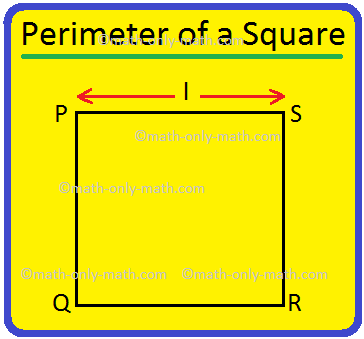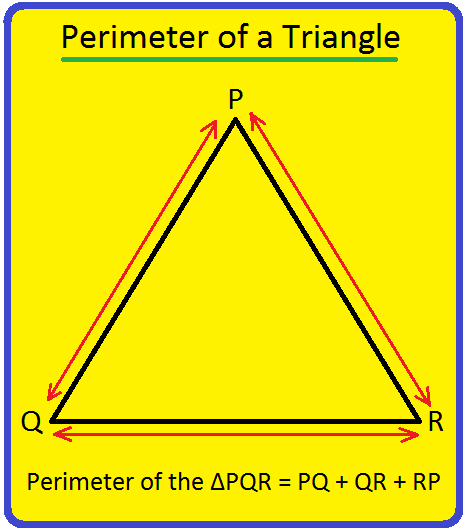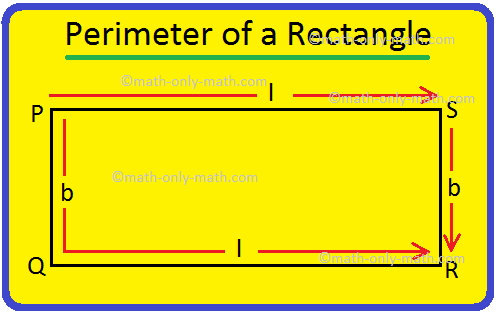Formulae for Converting Product into Sum or Difference
How to remember the formulae for converting product into sum or difference?
2 sin X cos Y = sin (X + Y) + sin (X - Y) ………. (i)
2 cos X sin Y = sin (X + Y) - sin (X - Y) ………. (ii)
2 cos X cos Y = cos (X + Y) + cos (X - Y) ………. (iii)
2 sin X sin Y = cos (X - Y) - cos (X + Y) ………. (iv)
The following points will help us to remember the above four formulas:
(i)The product to be converted to sum or difference and should contain 2 as a factor.
(ii) The angles in sines or cosines of sum appear as ‘sum’ (i.e., X + Y) of the given angles X and Y.
(iii) The angles in sines or cosines of difference appear as ‘difference’ (i.e., X - Y) of the given angles X and Y.
(iv) In case of formula (i), we shall have the sum of two sines when the product consists of a pair of sine and cosine. The angle in sine (i.e. X) of product is greater than the angle of cosine (i.e. Y).
(v) In case of formula (ii), we shall have the difference of two sines when the product consists of a pair of cosine and sine. The angle in cosine (i.e. X) of product is greater than the angle of sine (i.e. Y).
(vi) In case of formula (iii), we shall have the sum of two cosines when the product consists of two cosines.
(v) In case of formula (iv), we shall have the difference of two cosines when the product consists of two sines.
(vi) In case of formula (i), (ii) and (iii) when the product consists of a pair of sine and cosine or two cosines we first write the sum (i.e. X + Y) and then the difference (i.e. X - Y) of the angles in the converted formula; but in case of formula
(iv) when the product consists of two sines we first write the difference and then the sum of the angle in the converted formula.
The following verbal statements will help us to remember the above four formulas:
For formula (i): 2 sin X cos Y = sin (sum) + sin (difference) (X > Y)
For formula (ii): 2 cos X sin Y = sin (sum) - sin (difference) (X > Y)
For formula (iii): 2 cos X cos Y = cos (sum) + cos (difference)
For formula (iv): 2 sin X sin Y = cos (difference) - cos (sum)
● Converting Product into Sum/Difference and Vice Versa
- Converting Product into Sum or Difference
- Formulae for Converting Product into Sum or Difference
- Converting Sum or Difference into Product
- Formulae for Converting Sum or Difference into Product
- Express the Sum or Difference as a Product
- Express the Product as a Sum or Difference
11 and 12 Grade Math
From Formulae for Converting Product into Sum or Difference to HOME PAGE
Didn't find what you were looking for? Or want to know more information about Math Only Math. Use this Google Search to find what you need.
Recent Articles
-
Perimeter of a Square | How to Find the Perimeter of Square? |Examples
Apr 25, 24 05:34 PM
We will discuss here how to find the perimeter of a square. Perimeter of a square is the total length (distance) of the boundary of a square. We know that all the sides of a square are equal. Perimete… -
Perimeter of a Triangle | Perimeter of a Triangle Formula | Examples
Apr 25, 24 05:13 PM
We will discuss here how to find the perimeter of a triangle. We know perimeter of a triangle is the total length (distance) of the boundary of a triangle. Perimeter of a triangle is the sum of length… -
Perimeter of a Rectangle | How to Find the Perimeter of a Rectangle?
Apr 25, 24 03:45 PM
We will discuss here how to find the perimeter of a rectangle. We know perimeter of a rectangle is the total length (distance) of the boundary of a rectangle. ABCD is a rectangle. We know that the opp… -
Dividing 3-Digit by 1-Digit Number | Long Division |Worksheet Answer
Apr 24, 24 03:46 PM
Dividing 3-Digit by 1-Digit Numbers are discussed here step-by-step. How to divide 3-digit numbers by single-digit numbers? Let us follow the examples to learn to divide 3-digit number by one-digit nu… -
Symmetrical Shapes | One, Two, Three, Four & Many-line Symmetry
Apr 24, 24 03:45 PM
Symmetrical shapes are discussed here in this topic. Any object or shape which can be cut in two equal halves in such a way that both the parts are exactly the same is called symmetrical. The line whi…





